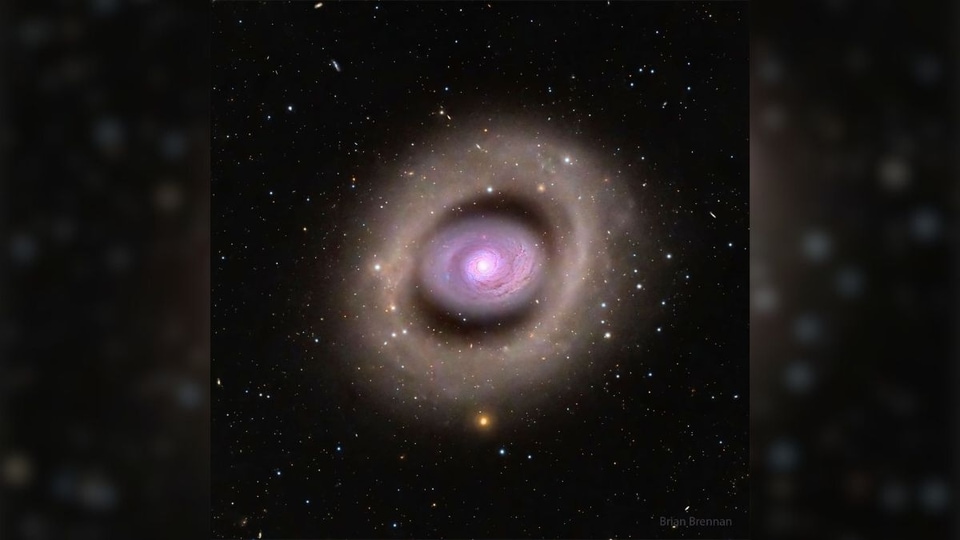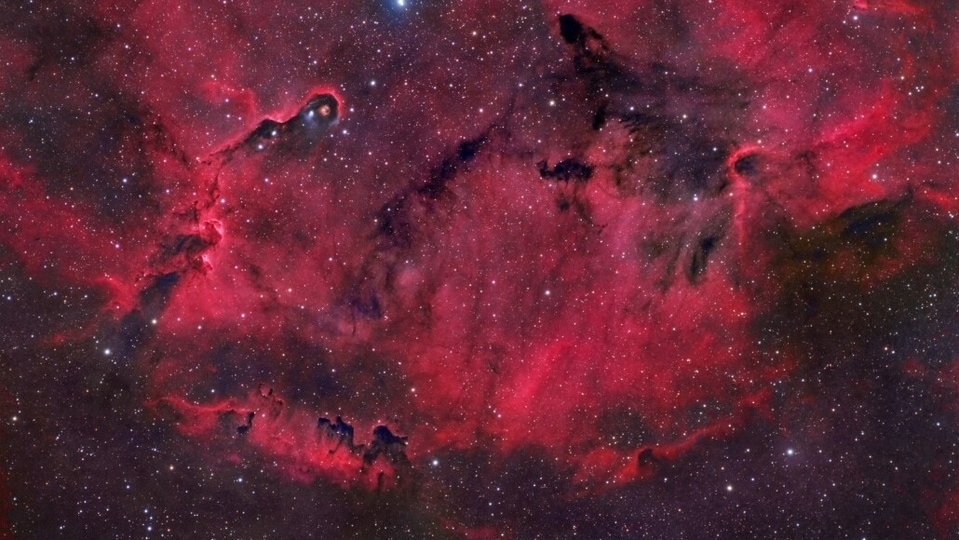NASA Astronomy Picture of the Day 15 June 2023: M15 Globular Star Cluster snapped by Hubble
Today’s NASA Astronomy Picture of the Day is a breathtaking snapshot of M15, a globular star cluster that is located about 33600 light-years away towards the constellation of Pegasus.






 View all Images
View all ImagesOver the past few months, we've seen several amazing images of celestial objects as part of NASA Astronomy Picture of the Day, which is published on a daily basis featuring astrophotographers from around the world. Some of these include snapshots of fascinating celestial objects documented by Charles Messier. The French astronomer studied and catalogued these objects in Catalogue des Nébuleuses et des Amas d'Étoiles and the catalogue is today known as the Messier Objects which contains 110 objects.
Today's NASA Astronomy Picture of the Day is a breathtaking snapshot of M15, a globular star cluster that is located about 33600 light-years away towards the constellation of Pegasus. According to NASA, Messier 15 is one of the densest ever discovered, with hot blue stars and cooler orange stars becoming more concentrated toward its bright core. It was discovered by Italian astronomer Jean-Dominique Maraldi in 1746 and included in Charles Messier's catalogue in 1764.
Messier 15 contains over 100,000 stars and is estimated to be over 12.5 billion years old, making it one of the oldest known globular star clusters.
Tech used to capture the picture
This awesome picture was captured by the Hubble Space Telescope, which is run by NASA in collaboration with ESA. Hubble has advanced optical instruments such as the Advanced Camera for Surveys and Wide Field Camera 3. The Advanced Camera for Surveys (ACS) was primarily designed to survey large areas of the sky at visible and red wavelengths with 10 times greater efficiency than the earlier premier Hubble camera.
NASA's description of the picture
Messier 15 is an immense swarm of over 100,000 stars. A 13 billion year old relic of the early formative years of our galaxy it's one of about 170 globular star clusters that still roam the halo of the Milky Way. Centered in this sharp reprocessed Hubble image, M15 lies some 35,000 light-years away toward the constellation Pegasus. Its diameter is about 200 light-years, but more than half its stars are packed into the central 10 light-years or so, making one of the densest concentrations of stars known. Hubble-based measurements of the increasing velocities of M15's central stars are evidence that a massive black hole resides at the center of the dense cluster. M15 is also known to harbour a planetary nebula. Called Pease 1 (aka PN Ps 1), it can be seen in this image as a small blue blob below and just right of center.
Catch all the Latest Tech News, Mobile News, Laptop News, Gaming news, Wearables News , How To News, also keep up with us on Whatsapp channel,Twitter, Facebook, Google News, and Instagram. For our latest videos, subscribe to our YouTube channel.




























